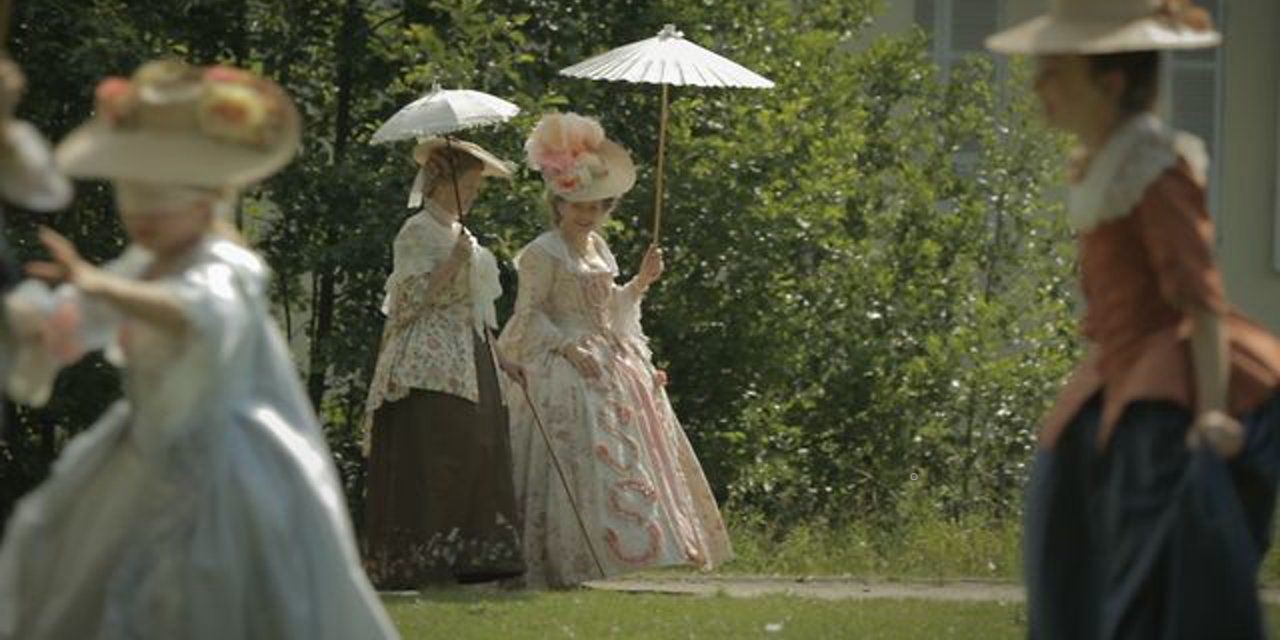The early eighteenth century was marked by a wave of social change. The age of reason saw changes in attitudes, which eventually transformed the social order of England. These changes resulted in a new idea of childhood and specialized clothing for children. The 18th century was a time of experimentation, and children’s clothing evolved along with it. This article examines the evolution of children’s clothing in the eighteenth century.
Fashions changed, but not the type of clothing. Early eighteenth century childrens clothing was essentially identical to adult garments. Infants were no longer wrapped around the shoulders, and infants were no longer swaddled. In early eighteenth century, girls and boys began to wear breeches. By the middle of the eighteenth century, children began to dress like adults.
While men’s clothing became more casual and ladies’ clothing became larger, children’s clothing became more distinct from adults. This allowed them to have their own separate identities, despite the changing social climate. By the end of the eighteenth century, even the most simple clothing items were designed to suit the needs of children. In short, children’s clothing reflected a sense of individuality. The 18th century was a period of significant social and economic change.
During the eighteenth century, children wore clothing with a lot of detail. Boys under five years old were swaddled in a frock, which was a long, loose, and tight pant suit. These dresses were not only fashionable, but they were also functional, as they allowed young children to develop a straighter posture. Similarly, girls were clothed in frocks at four months of age. These dresses featured back fastenings and were worn for years.
The 18th century marked the transition from constricting garments to apparel specifically for children. Infants were no longer swaddled. However, very young children wore dresses with close fitting bodices. These dresses were often fastened at the back and were tied with leading strings. These strings were used to guide children while walking. In later years, the skeleton suit became fashionable. These outfits were more modest and often meant more modesty.
The children of the eighteenth century wore clothes that were very similar to adult clothing. The most common clothing among the two was the frock and the petticoat, while boys began wearing breeches in the middle of the eighteenth century. They were often both white and often had long sleeves. The eighteenth century also marked a significant shift in children’s clothing.
The 18th century saw the development of the petticoat, which is the traditional nipple of the child. The nipple, or petticoat, was a short dress. The nipple, or the chest, was covered by a bodice made of whalebone, which stood upright against bullets. During the early eighteenth century, children wore dresses that were either asymmetrical dress or one-piece or patterned.
The 18th century brought changes in children’s clothes. From constricting garments to clothes specifically for children, the clothing of children began to evolve. The swaddling of infants was gradually replaced by dresses with tight-fitting bodices. In contrast, baby clothes often had a boned bodice under a long skirt, while the very young wore a gown. Until the seventeenth century, all children were clad in a bodice or stay with a cane, which pressed their bodies into the apex of their bodies.
In the beginning of the 18th century, children were considered miniature adults and wore clothing that matched their parents’. The sleeveless vest had wide cuffs and was shorter than the sleeveless dress. The sleeveless skirt had a leading string attached to the shoulder. The lead string was also retained on the skirt of a girl’s dress as a symbol of her youthfulness.
In contrast, children who were older than toddlers wore smaller versions of the adult clothing. They wore back-fastening gowns. The dresses were more simple than those of adults, and the collar was not split in front. The 18th century also saw a shift in the clothing for boys. While the dress of a girl’s mother was more constricting, the shirts of the boy were still fitted and not split at the neck.
